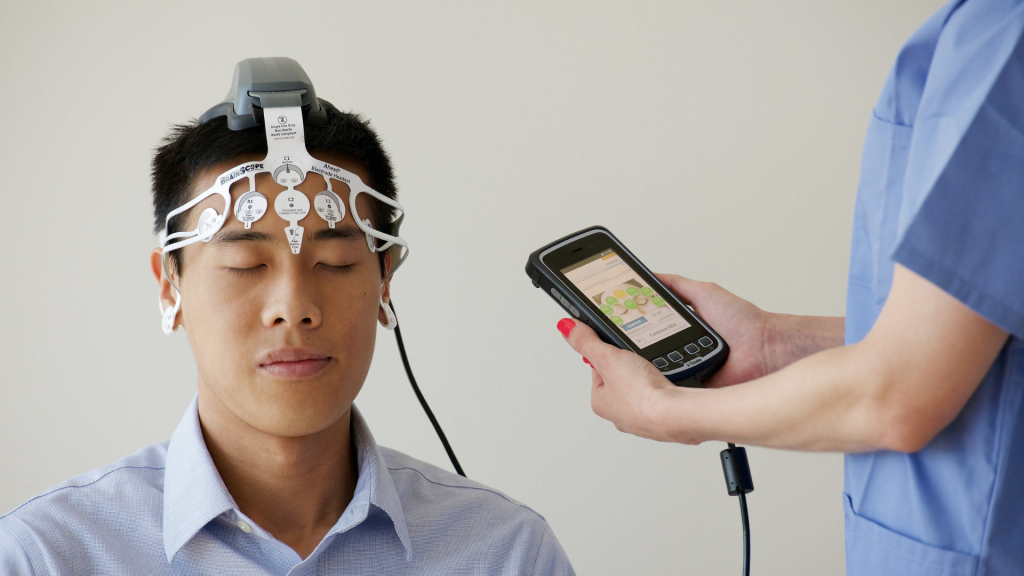Module 1: Introduction to Neuroimaging
Module 2: Functional MRI (fMRI)
Module 3: Positron Emission Tomography (PET)
Module 4: Diffusion Tensor Imaging (DTI)
Module 5: Emerging Neuroimaging Technologies
Module 6: Practical Applications and Case Studies
Techniques for Measuring Brain Activity

Task-Based fMRI
- Concept: Participants perform specific tasks (e.g., solving puzzles or recognizing images) to activate targeted brain areas.
- Application: Identifying regions linked to functions like memory, language, or motor skills.
Resting-State fMRI
- Concept: Measures brain activity at rest to study intrinsic connectivity between regions.
- Application: Commonly used in research on neurological and psychiatric conditions like Alzheimer’s disease or depression.
Real-World Example:
- Using task-based fMRI to map areas controlling movement, aiding in pre-surgical planning for epilepsy. For example, a 35-year-old patient with drug-resistant epilepsy underwent fMRI to identify motor and sensory areas before undergoing surgery. The fMRI scans revealed the precise regions responsible for hand and arm movements, allowing the surgical team to preserve these critical areas while resecting the seizure focus. This approach minimized post-operative deficits and improved the patient’s quality of life.
Read the full article here.
